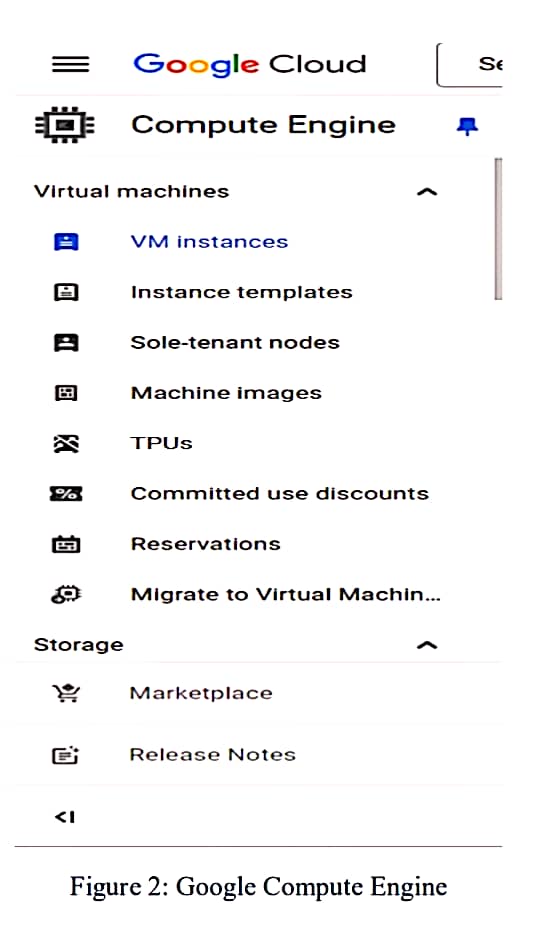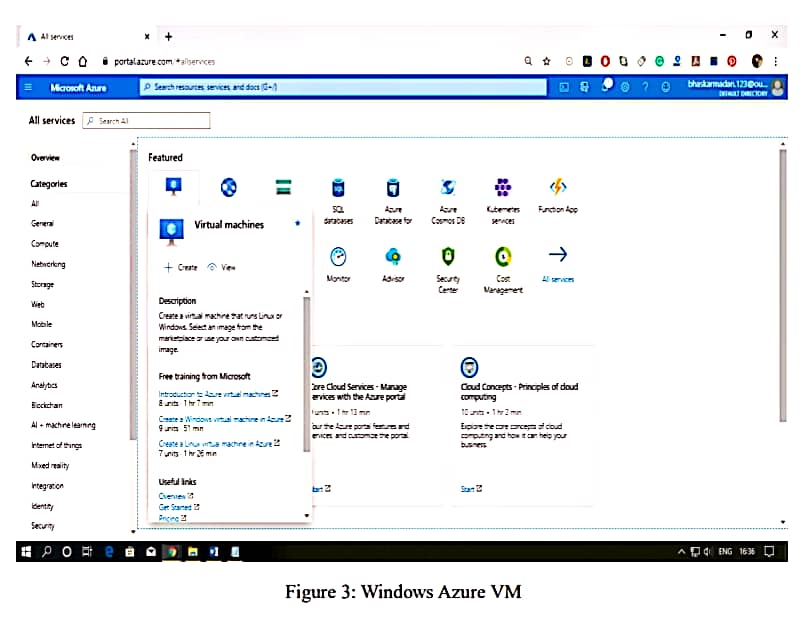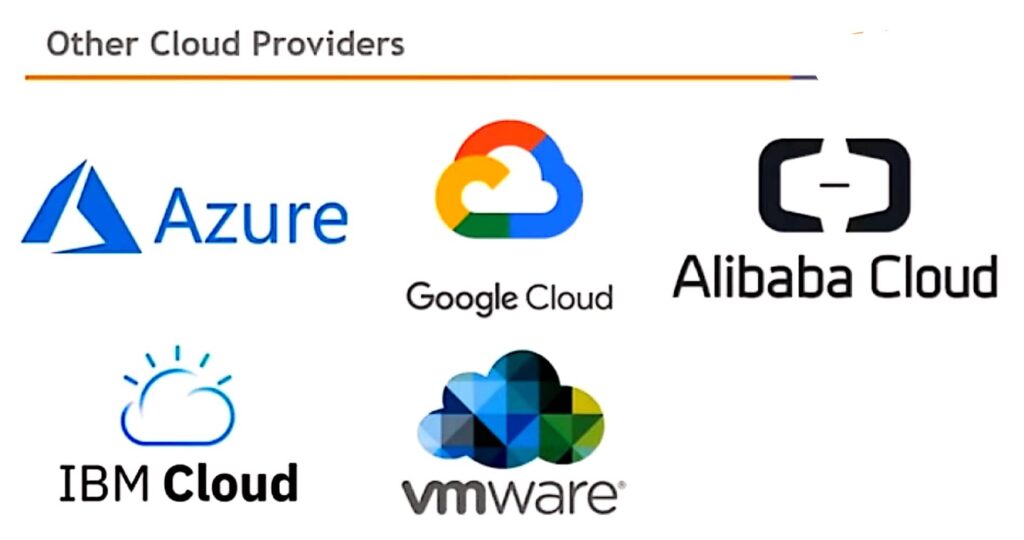PLATFORM AS A SERVICE PROVIDERS
Public Platform as a Service providers commonly offer a development and deployment environment that allow users to create and run their applications with little or no concern to low- level details of the platform.
In addition, specific programming languages and frameworks are made available in the platform, as well as other services such as persistent data storage and in memory caches.
Google App Engine (GAE)
Google App Engine (GAE):
GAE is an PaaS offering form Google.
It is a cloud-based web service for hosting web applications and storing data.
It provides a Software Development Kit (SDK) for developing web applications software.
Developers can develop and run or test their applications with GAE SDK on a local machine and then upload it to the GAE.
GAE supports applications written in several programming languages like Java Programming, Java Servlets, Python and Go programming.
The pricing model for (GAE) is based on the amount of computing resources used.
GAE provides free computing resources upto certain limit and beyond that the users will be billed.

Public Platform as a Service providers commonly offer a development and deployment environment that allow users to create and run their applications with little or no concern to low- level details of the platform.

CASE STUDIES
Aneka: Aneka is a .NET-based service-oriented resource management and development platform.
Each server in an Aneka deployment (dubbed Aneka Resource Management and Energy-Efficiency: One important challenge faced by
providers of cloud computing services is the efficient management of virtualized resource
pools. Physical resources such as CPU cores, disk space, and network bandwidth must be
sliced and shared among virtual machines running potentially heterogeneous workloads. node) hosts the Aneka container, which provides the base infrastructure that consists of services for persistence, security (authorization, authentication and auditing), and communication (message handling and dispatching)
App Engine: Google App Engine lets you run your Python and Java Web applications on elastic infrastructure supplied by Google.
App Engine allows your applications to scale dynamically as your traffic and data storage requirements increase or decrease.
Microsoft Azure:
Microsoft Azure Cloud Services offers developers a hosted. NET Stack (C#, VB.Net, ASP.NET).
In addition, a Java & Ruby SDK for .NET Services is also available. The Azure system consists of a number of elements.

The Windows Azure Fabric Controller provides auto-scaling and reliability, and it manages memory resources and load balancing.
Force.com: In conjunction with the Salesforce.com service, the Force.com PaaS allows developers to create add-on functionality that integrates into main Salesforce CRM SaaS application.
Heroku:
Heroku is a platform for instant deployment of Ruby on Rails Web applications.
In the Heroku system, servers are invisibly managed by the platform and are never exposed to users.
CHALLENGES AND RISKS
Despite the initial success and popularity of the cloud computing paradigm and the extensive availability of providers and tools, a significant number of challenges and risks are inherent to this new model of computing.
Security, Privacy, and Trust:
Security and privacy affect the entire cloud computing stack, since there is a massive use of third-party services and infrastructures that are used to host important data or to perform critical operations.
In this scenario, the trust toward providers is fundamental to ensure the desired level of privacy for applications hosted in the cloud.
Legal and regulatory issues also need attention.
Data Lock-In and Standardization: A major concern of cloud computing users is about having their data locked-in by a certain provider.
Users may want to move data and applications out from a provider that does not meet their requirements.
Availability, Fault-Tolerance, and Disaster Recovery:
It is expected that users will have certain expectations about the service level to be provided once their applications are moved to the cloud.
Resource Management and Energy-Efficiency: One important challenge faced by providers of cloud computing services is the efficient management of virtualized resource pools.
Physical resources such as CPU cores, disk space, and network bandwidth must be sliced and shared among virtual machines running potentially heterogeneous workloads.
Other courses
NoSQL
